|
Service history of the DHC-2 Beaver with the RNLAF
The "De Havilland" Canada DHC-2 Beaver is
a single-engine, high-wing, propeller-driven, STOL aircraft. It is primarily known as a bush plane used for cargo and passenger hauling.
The DHC-2 Beaver was developed in the second half of forties as a successor of the Noorduyn Norseman, which was then used as so-called "bush-plane". Over 1,500 Beavers
were produced until 1967 , of which 968 went to the US army most for
onward delivery to other counties as a utility aircraft all over the
world.
Today many these aircraft are still in use flown by bush
pilots in Canada and the northern USA.
|
Helicopter Force
|
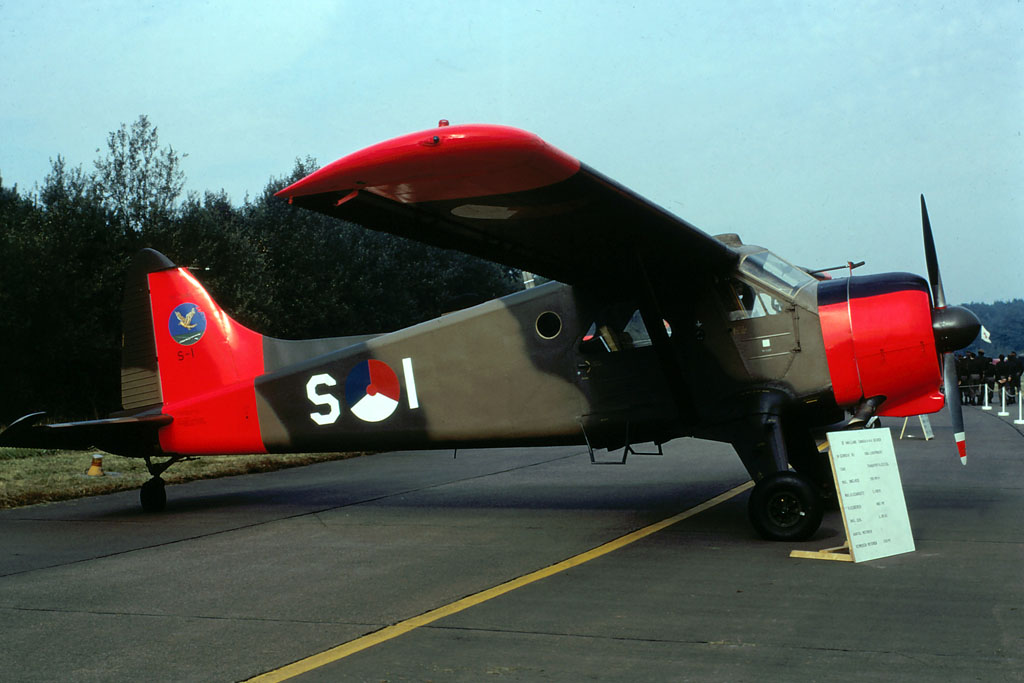 |
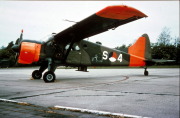 |
|
|
|
|
|
|
Delivery to the Royal
Netherlands Air Force
In 1948 the U.S. Army was looking for a light utility aircraft and
ordered six DHC-2 Beaver's for evaluation . After a test period over
1500 units where ordered of which a great number where delivered to
other air forces via the Mutual Defence Assistance Programme (MDAP).
At first the DHC-2 Beaver received the designation YL-20 this was later
changed in U-6.
The aircraft nine Dutch examples where received in 1956 under MDAP
conditions and where assigned to 334 Squadron as a light transport
aircraft.
They where delivered by sea, the first five by the SS
American Trapper in November 1956. The remaining four by the SS American
Hunter in December 1956.
The DHC-2 Beavers were in fact owned by the Dutch Army, but were maintained
and flown by the Royal Netherlands Air Force.
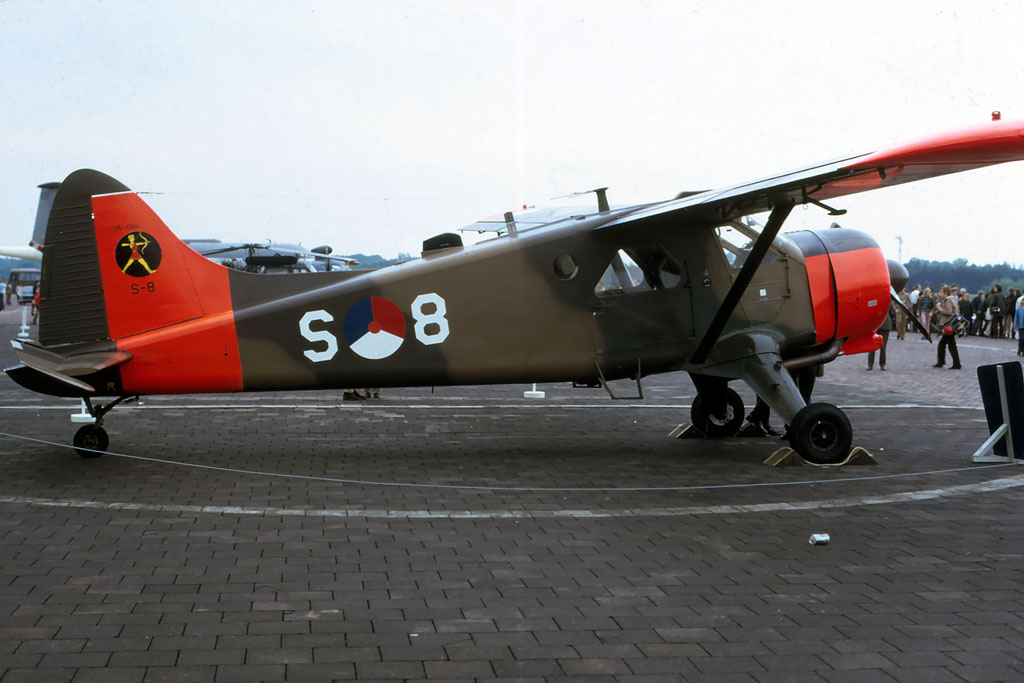
|
In service
|
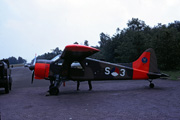 |
|
|
|
|
|
|
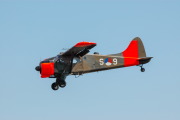 |
|
|
|
|
Operational history
The Beaver was in service from 1955 until 1974. At first the DHC-2 Beaver operated with 334 squadron at Ypenburg Air base.
In 1966 the 9 Beavers were assigned to 300 squadron that was also at Ypenburg after 334 squadron transferred to the Fokker F-27. 300 squadron one of the units from the army aviation group later moved to Deelen air base and the DHC-2 Beavers were based there until their retirement in September 1974.
The DHC-2 Beaver was used in the army liaison role for passenger transport and light transport orders. As the DHC-2 Beaver was operational under almost every weather type day and night, on plane the S-8, was assigned to the Leeuwarden base flight.
This aircraft wore the badges of 322 and 323 squadron and was used for transport to the Wadden islands.
During its operational life one aircraft no. S-3 was lost in an tragic accident where a parachutist from a other DHC-2 Beaver hit the wing of the DBC-2 Beaver S-3 causing the loss a wing which led ultimate to the crash.
The DHC-2 Beaver was withdrawn from service on 1 September 1974, having a retiring formation on the open day at Twente the day before.
.
|